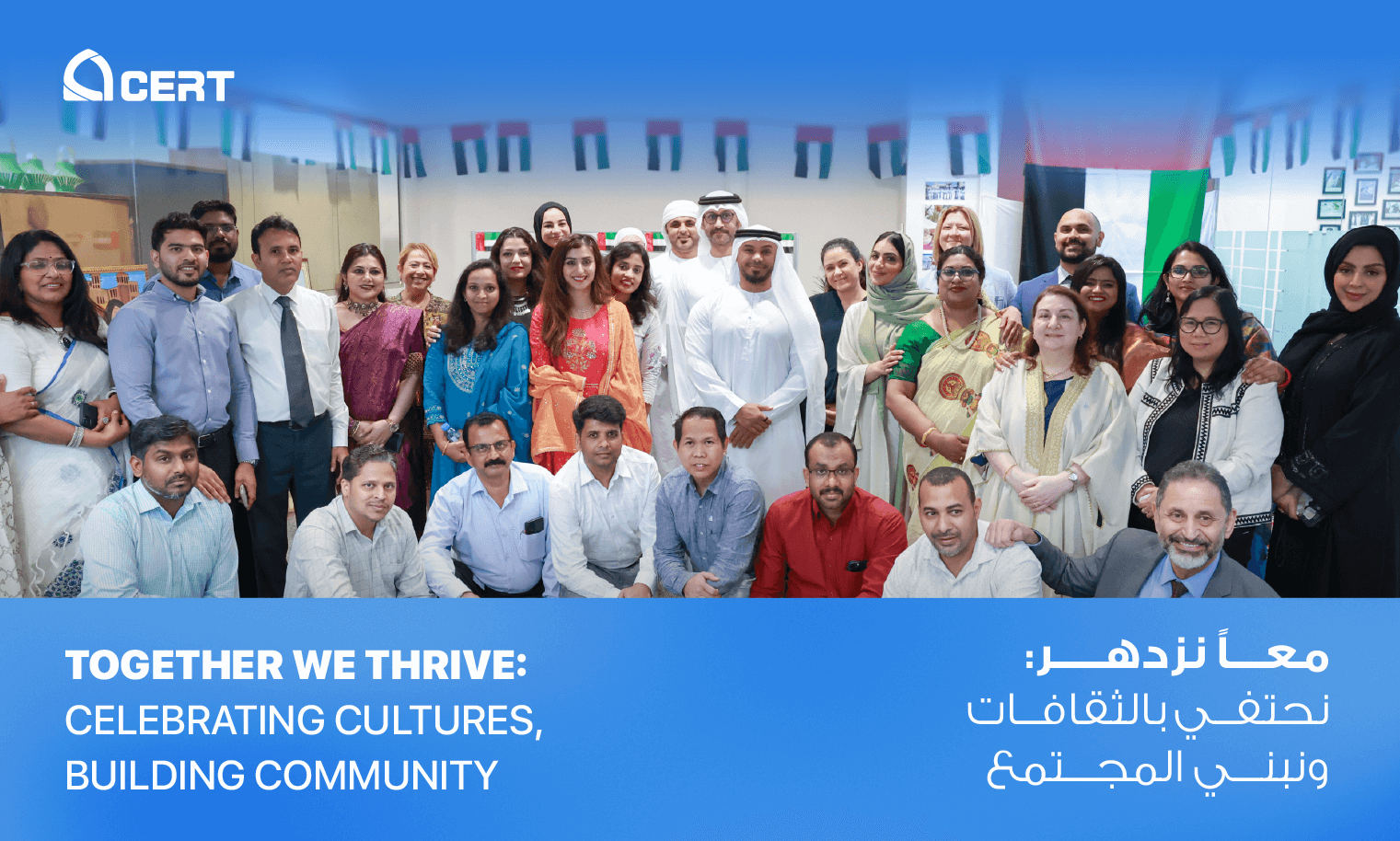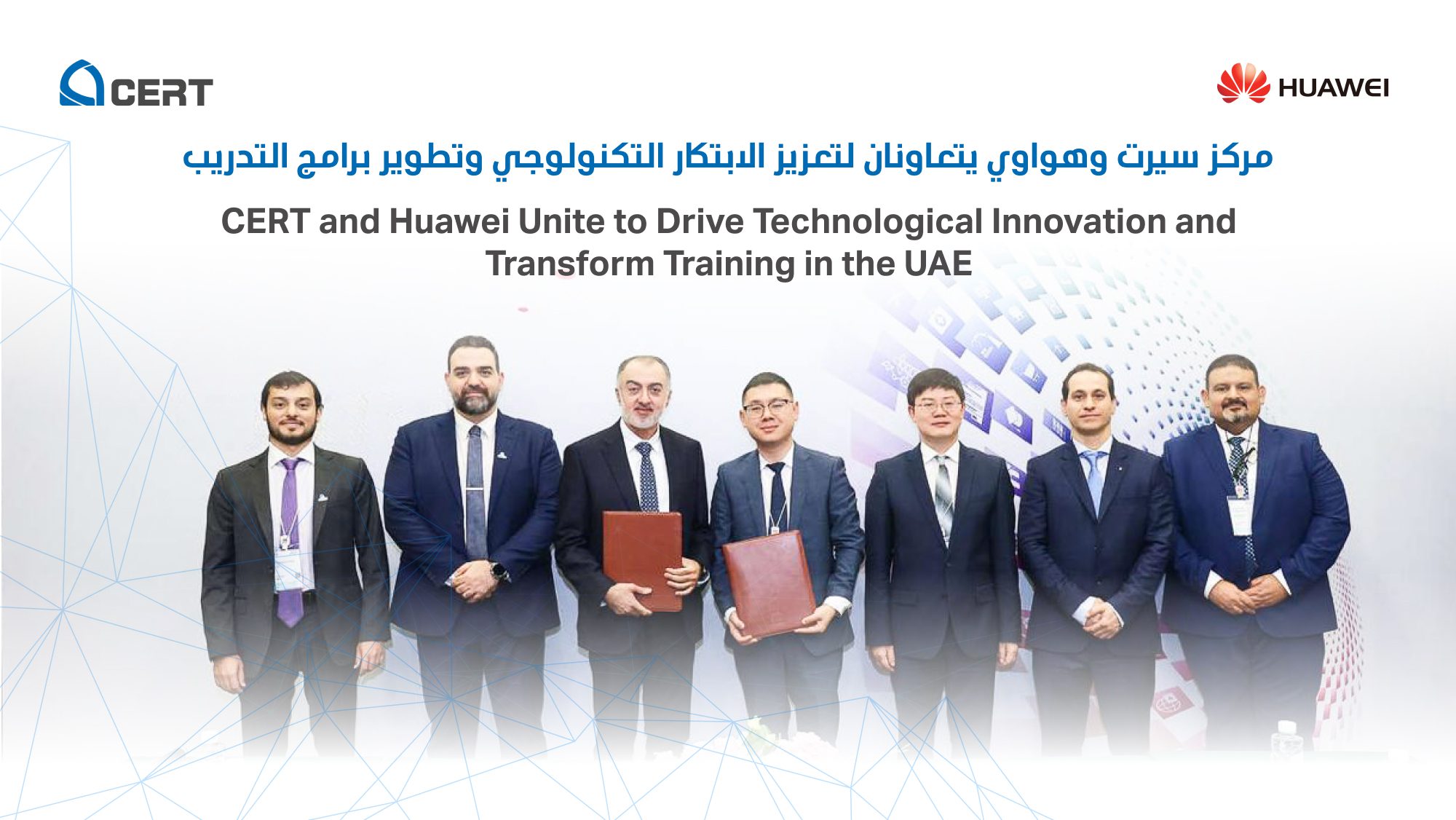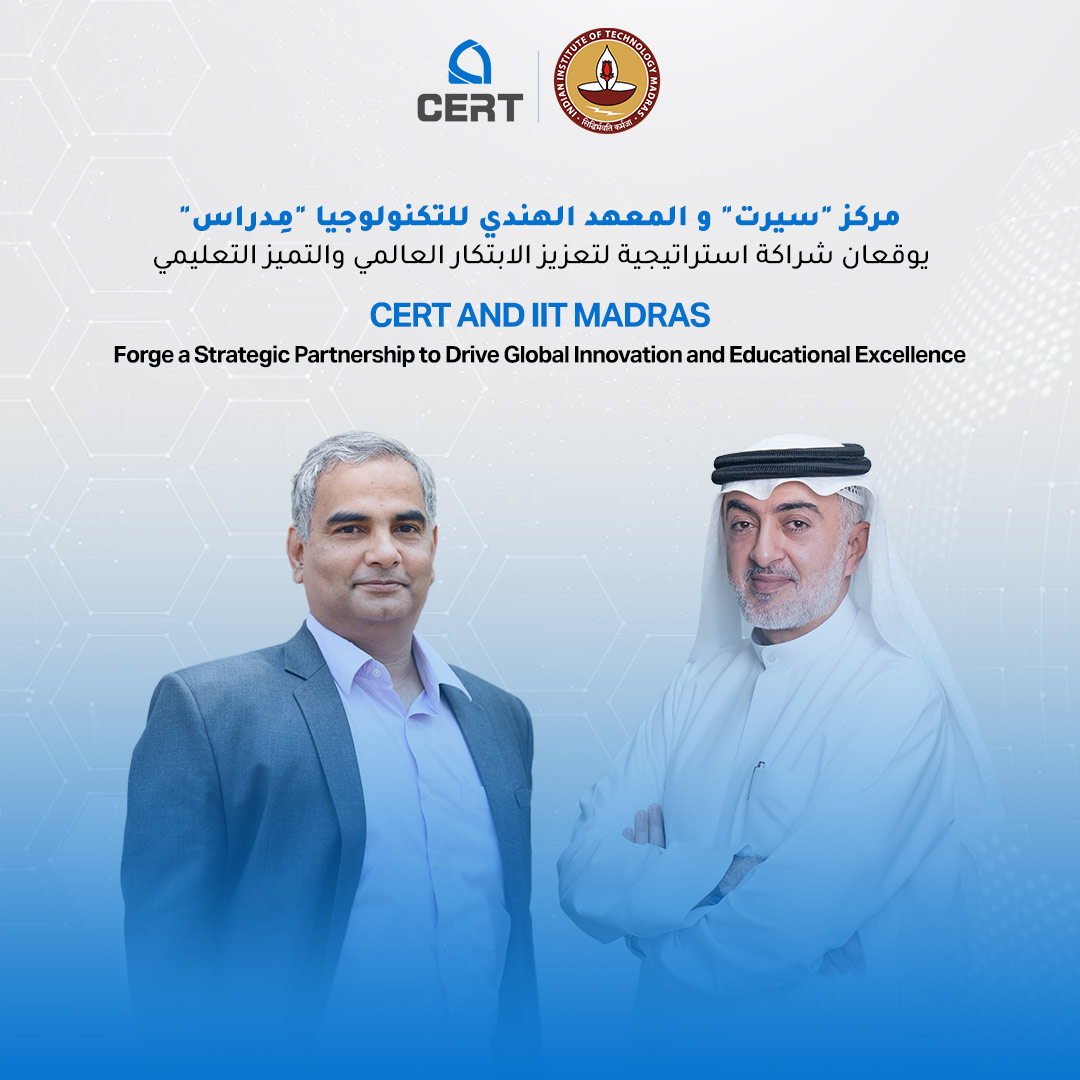As we all know, the world is constantly evolving, and with it, the skillset that businesses require from their workforce. The importance of continuous learning cannot be emphasized enough, especially in this highly competitive world. Professional courses provide a great platform for individuals to keep up with the changes in their industry.
What is Continuous Learning?
Continuous learning is the process of acquiring new skills and knowledge over an extended period of time. It is an ongoing process that can take many forms, ranging from formal courses to informal social learning. The key aspect of continuous learning is the self-initiative to take on new challenges and expand one’s knowledge.
Why is Continuous Learning Important for Organizations?
Organizations that want to remain competitive in today’s global marketplace need to be innovative, adaptive, and ever-changing. However, for an organization to be innovative, it needs a workforce that is skilled and knowledgeable. In order to obtain this kind of workforce, employees need to continuously learn and adapt to new processes and procedures.
Without continuous learning, innovation will not happen, processes will remain unchanged, and nothing new will ever be accomplished. Professional courses offer a fantastic opportunity for employees to challenge themselves and expand their skill sets. By providing employees with flexible and on-demand learning opportunities, organizations can contribute to a cutting-edge workforce.
Benefits of Continuous Learning
In today’s fast-paced world, continuous learning is a necessary tool for anyone who wants to keep up with the changing times. The process of acquiring new skills and knowledge is not just limited to personal growth but also plays a significant role in an organization’s success. Investing in a training and development center can help create a learning culture that boosts employee satisfaction, retention, and innovation.
Here are some of the benefits of continuous learning for both individuals and organizations.
Benefits for the Organization
Improved Performance
Continuous learning contributes to improved employee performance. Well-trained employees are more confident, productive, and motivated. They can use their skills to solve problems, improve processes, and develop new ideas. This, in turn, contributes to the organization’s success.
Boosts Innovation
Innovation is key to an organization’s success. By creating a culture of learning, organizations can encourage employees to come up with new ideas and solutions. This can lead to increased efficiency, new product development, and improved customer satisfaction.
Increased Retention
Organizations that invest in the development of their employees are more likely to retain them. This is because employees feel valued and are more satisfied with their work. Moreover, continuous learning provides opportunities for career development, which is a crucial factor in retaining talent.
More Cost-Effective
Investing in the development of employees is less expensive than rehiring and retraining new employees. By providing training and development opportunities to current employees, organizations can save money on recruitment and onboarding costs. Moreover, well-trained employees are less likely to make mistakes, reducing the costs associated with errors.
Benefits for the Individual
Top Performer
Continuous learning is the key to becoming a top performer in your field. By developing new skills and knowledge, you can increase your personal performance or competence on the job. This will help you become more efficient, effective, and confident in your work.
Career Development
Additional training, education, or skill development can help you achieve your career goals. If you’re pursuing a particular career path or want to rotate into a new position, continuous learning can help you acquire the necessary skills and qualifications. This, in turn, will increase your chances of landing your dream job.
Licenses or Certifications
In some professions, licenses or certifications are a requirement. Pursuing additional learning is important for those employees who want to obtain or update professional licenses or certifications. This will help you stay up-to-date with the latest regulations and developments in your industry.
Promotions or Incentives
By spending time to learn a new skill or obtain new knowledge, you can benefit work performance and influence future promotion or financial incentives. By demonstrating your commitment to self-improvement, you increase your chances of being considered for a promotion or other rewards.
Personal Enrichment
Continuous learning is not just limited to professional development. Pursuing extracurricular interests can lead to insights and developments that open the door to new, future opportunities. Personal enrichment can help you gain new perspectives, learn new skills, and broaden your horizons.
Stay Marketable
Staying current with the latest trends and advances in your profession can help you stay marketable. By continually updating your knowledge and skills, you can position yourself as a valuable asset to your organization and remain competitive in your field.
Ways For Continuous Learning
Engaging in continuous learning is essential for both personal and professional growth. Fortunately, there are many ways an employee can expand their knowledge and skills. Let’s explore these different methods and how they can benefit you.
First, there is formal learning. This type of learning involves taking courses or training programs that are pre-determined and organized. This can be a university or college course, a training program from within the organization, an external workshop or conference, e-Learning courses, mobile learning courses, or even MOOCs. Formal learning is a great way to obtain a deeper understanding of a subject and achieve specific learning goals.
Another form of learning is social learning. This involves interacting, discussing, collaborating, and learning from others. Social learning can be both formal and informal and can include discussion and collaboration on social media, finding blogs or other resources to gain deeper insight, working with other co-workers, coaching and mentoring, and on-the-job training. Social learning is a great way to network and learn from the experiences of others.
Finally, there is self-directed learning. This type of learning involves taking the initiative to learn on your own. This can include researching and reading to gain a deep understanding of a topic, listening to topic-relevant podcasts or watching instructional videos, and experimentation and exploration. Self-directed learning is a great way to explore new areas of interest and develop new skills.
Building a Continuous Learning Environment in Your Organization
Transforming your organization into a continuous learning environment can be a daunting task, but with the right tools and resources, it can be achieved. By creating a supportive atmosphere that promotes continuous learning, employees will feel empowered to take on challenges and learn new skills. But how can you make this a reality?
Here are some key strategies to build a continuous learning environment:
Lead by example
Leaders need to set the tone for continuous learning. When employees see that management is engaged and supportive of learning and development initiatives, it creates a culture that values growth and learning. By making it a priority, leaders can demonstrate the importance of continuous learning to the entire organization.
Create a learning plan
Establishing a learning plan can help define the business goals and identify what needs to be done to achieve them. By engaging in dialogue about continuous learning, employees will see that the organization is committed to supporting their development. This plan can include what resources or support individuals may need, such as mobile learning or mentoring.
Provide time and resources for learning
Time and resources are essential to creating a learning environment. This can come in many forms, from attending team workshops or events to providing access to professional resources via subscriptions or memberships. Consider establishing a personal development plan with each employee to identify what they may want to learn, and hold Lunch & Learns during the lunch break to encourage employees to present and apply what they’ve learned.
Utilize training and development centers
There are numerous training institutes in UAE like CERT that provide courses and resources for continuous learning. Consider partnering with these institutions to provide employees with additional learning opportunities and resources.
By following these strategies, you can create a continuous learning environment that empowers employees to learn, grow and develop. It takes commitment, resources, and coaching, but the rewards are immeasurable.
In the UAE, there are many options for individuals seeking continuous learning opportunities. One such option is the CERT. As a leading training institute in UAE, CERT offers a variety of professional courses in Abu Dhabi designed to help individuals improve their skills and advance their careers.
With a focus on providing high-quality, practical training that can be applied in real-world situations, CERT has become a go-to resource for individuals and organizations seeking to enhance their learning and development!









